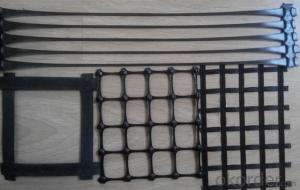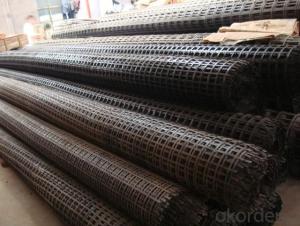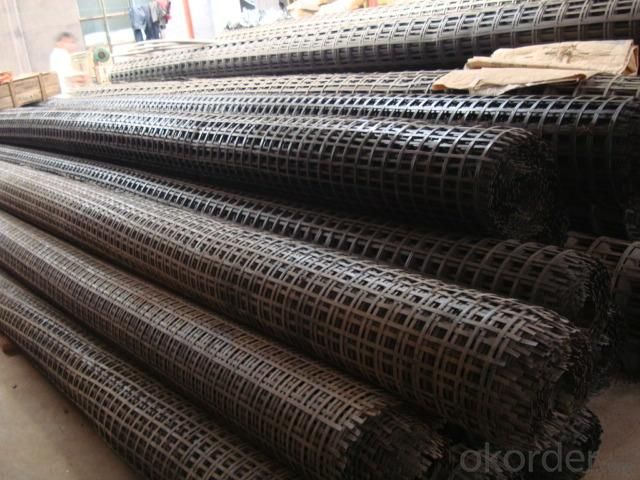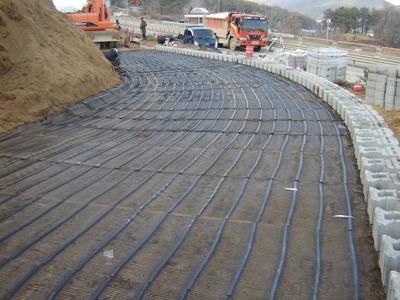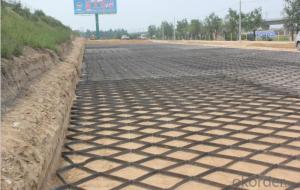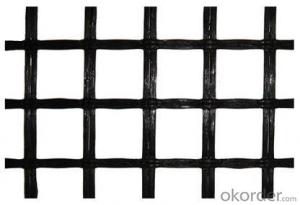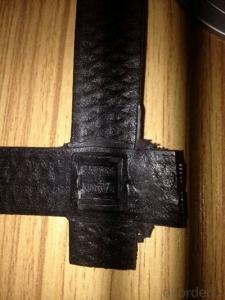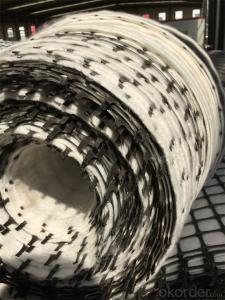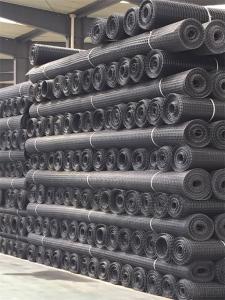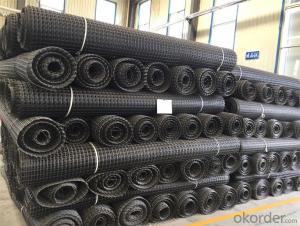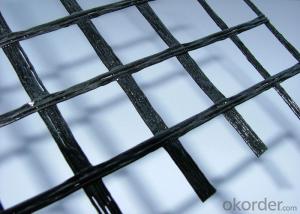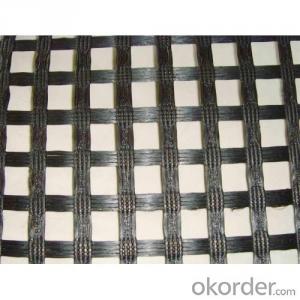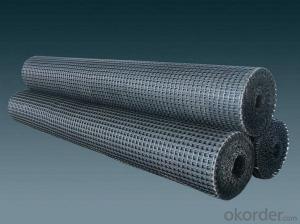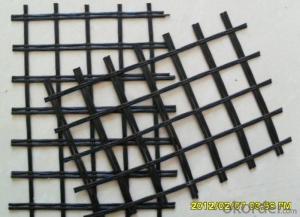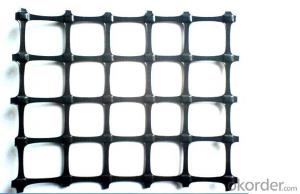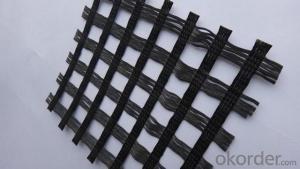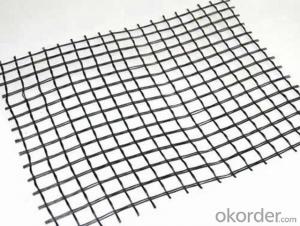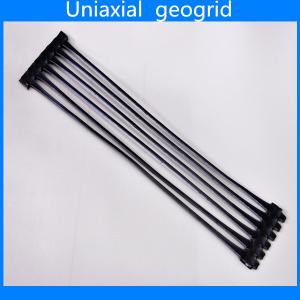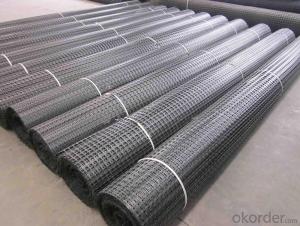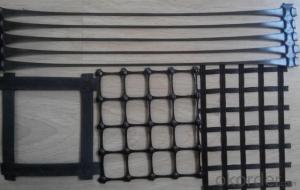Interlock Geogrids - Glass Fiber Geogrid with CE Certificate for Construction
- Loading Port:
- Shanghai
- Payment Terms:
- TT OR LC
- Min Order Qty:
- 85800 m²
- Supply Capability:
- 1000000 m²/month
OKorder Service Pledge
OKorder Financial Service
You Might Also Like
The Description of Glass Fiber Geogrid
Glass fiber geogrid is a kind of new favorable earthwork base material to strengthen the road surface and roadbed. This product is made by weaving and covering fiberglass filament. It is featured by high vertical and horizontal tensile strength, low unit extension, high flexibility, and favorable high and low temperature resistance. The products after surface covering own the favorable property of alkali resistance and aging resistance.
The details of Glass Fiber Geogrid
| Type: | Geogrid | Material: | glass fiber geogrid | Place of Origin: | China (Mainland) |
| Certificates: | CE,ISO | Color : | White & Black | Width : | 1m--6m |
| Length | 50-200m | Mesh Size: | 10-40mm | Tensile Strength | 30KN-300KN |
| Area Weight | 130-900g/sm | Package | PP bags or PE film | Approximate mesh size | 12.7*12.7 25*25 40*40 |
Packaging & Delivery
| Packaging Details | PP bags or PE film. Or Packed as customers' requests; |
| Delivery Detail | 10-20days after see the payment. |
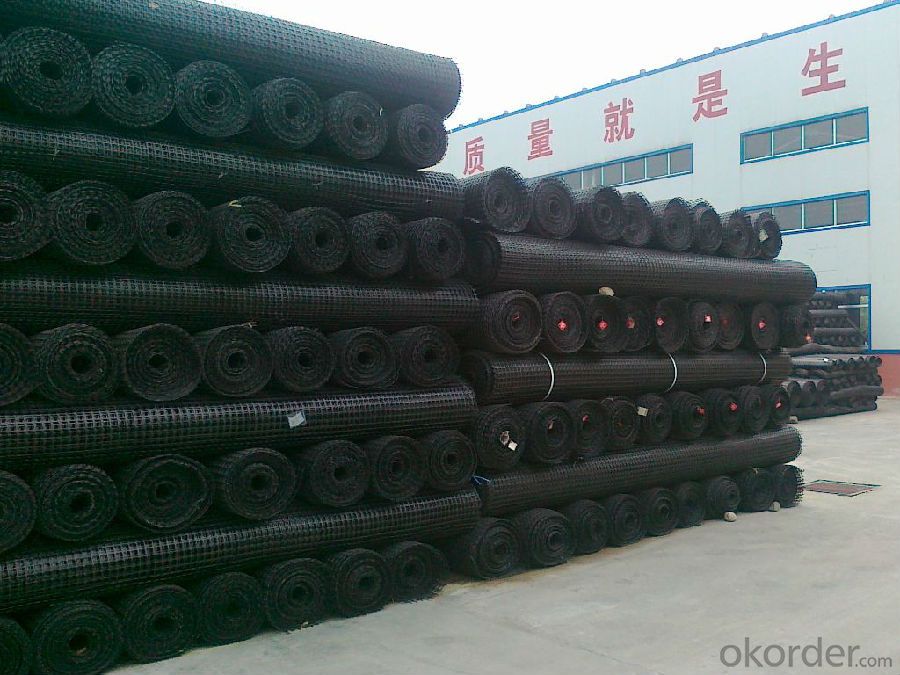
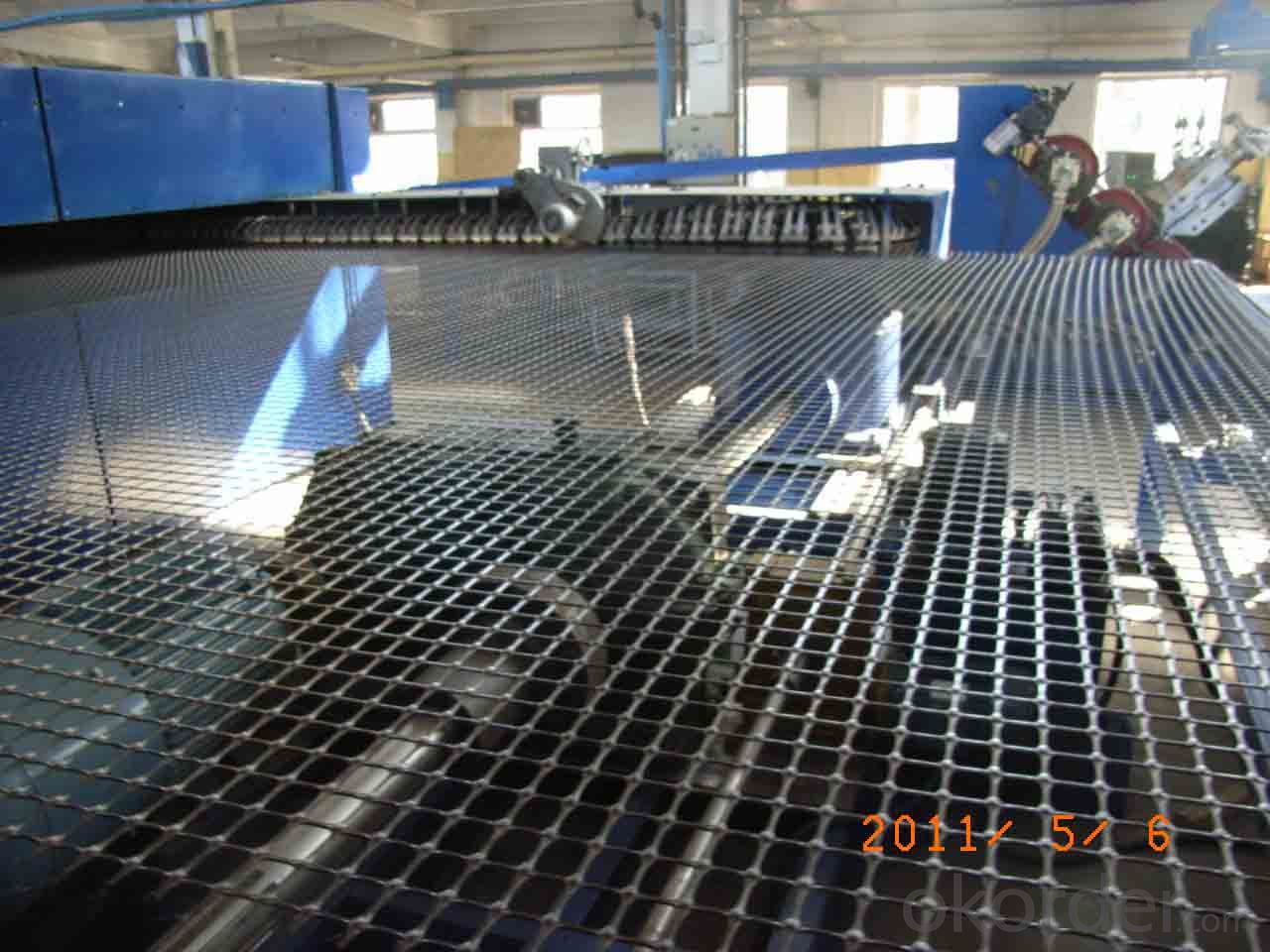
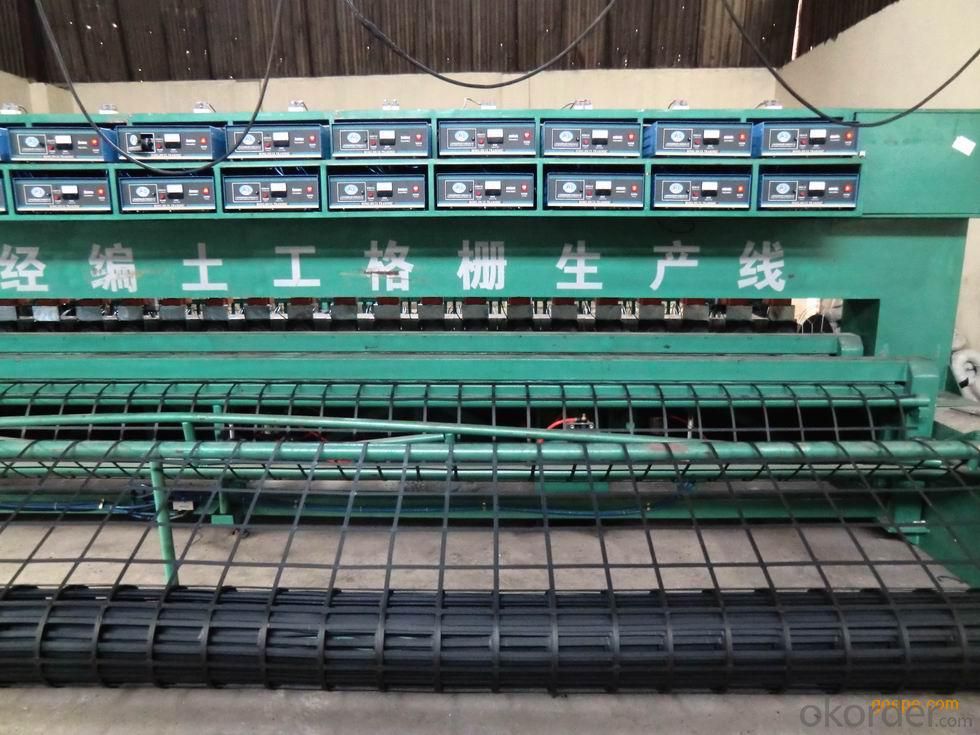
Remarks: we are very large fortune 500 enterprise with more than 20branches in worldwide, and have almost ten years export experience in geosynthetic field. We have kunlun bank account and have many Iran geosynthetics customers.So if any question or support, please just feel free to contact me at any time.
- Q: What is the effect of soil type on geogrid performance?
- The effect of soil type on geogrid performance can vary. Different soil types have varying levels of strength, compaction, and drainage capabilities, which can impact the ability of the geogrid to properly reinforce the soil. For example, cohesive soils with high clay content may cause the geogrid to experience reduced tensile strength and limited interlocking capability. On the other hand, granular soils with good drainage properties may enhance the geogrid's performance by allowing better load distribution. Therefore, understanding the soil type is crucial in determining the suitability and effectiveness of geogrid installation for soil reinforcement.
- Q: What are the factors that affect the installation cost of geogrids?
- There are several factors that can affect the installation cost of geogrids. These factors include the size and complexity of the project, the type and quality of the geogrid material, the site conditions such as soil type and slope stability, the availability and accessibility of the site, and the labor and equipment required for installation. Additionally, factors such as transportation costs, permits, and any necessary site preparation or excavation work can also impact the overall installation cost of geogrids.
- Q: Can geogrids be used in stabilization of mine tailings ponds?
- Yes, geogrids can be used in the stabilization of mine tailings ponds. Geogrids are often employed to reinforce and stabilize soil, preventing erosion and promoting the overall stability of the area. In the case of mine tailings ponds, geogrids can be used to enhance the integrity of the pond's walls and base, ensuring that the containment structure remains secure and prevents any leakage or environmental hazards associated with mine tailings.
- Q: How do geogrids compare to other soil reinforcement methods?
- Geogrids offer several advantages over other soil reinforcement methods. They are cost-effective, easy to install, and have a high tensile strength. Additionally, geogrids provide excellent soil stabilization and can withstand heavy loads, making them a preferred choice in various applications such as retaining walls, slopes, and road construction.
- Q: How do geogrids improve the performance of flexible bridge abutments?
- Geogrids improve the performance of flexible bridge abutments by providing reinforcement and stability to the soil. They distribute the load more evenly, reducing the pressure on the abutments and preventing lateral movement. This results in increased strength and durability of the bridge abutments, ultimately improving their overall performance.
- Q: I asked what the raw materials needed for the production were, for example, what the green mesh was made of
- The single belt is formed by the longitudinal and horizontal spacing or the clamping arrangement, and the welding joint is formed by adopting the welding technology of special strengthening bonding to weld the joint. The use of polyethylene production by Seiko weaving. Color usually green or blue.
- Q: Do geogrids provide long-term stability to slopes?
- Yes, geogrids provide long-term stability to slopes. Geogrids are commonly used in slope reinforcement systems to increase the strength and stability of slopes. These materials effectively distribute loads, reduce soil erosion, and enhance soil reinforcement over time, thereby ensuring long-term stability for slopes.
- Q: What are the factors that affect the installation and survivability of geogrids in cold climates?
- The factors that affect the installation and survivability of geogrids in cold climates include the type and quality of geogrid material, proper preparation of the subgrade, adequate compaction of the soil, temperature variations, frost heave, snow accumulation, and freeze-thaw cycles.
- Q: Are geogrids suitable for use in slope reinforcement during excavation?
- Yes, geogrids are suitable for use in slope reinforcement during excavation. Geogrids provide stability and reinforcement to slopes by distributing the load and preventing soil erosion. They are effective in strengthening the slope, reducing the risk of landslides, and improving overall safety during excavation operations.
- Q: Can geogrids be used in temporary slope stabilization applications?
- Yes, geogrids can be used in temporary slope stabilization applications. Geogrids are commonly used in various soil reinforcement projects, including slope stabilization. They provide strength and stability to the soil, preventing erosion and potential slope failures. However, it is important to note that the selection and design of geogrids for temporary slope stabilization should be done based on the specific project requirements and site conditions.
Send your message to us
Interlock Geogrids - Glass Fiber Geogrid with CE Certificate for Construction
- Loading Port:
- Shanghai
- Payment Terms:
- TT OR LC
- Min Order Qty:
- 85800 m²
- Supply Capability:
- 1000000 m²/month
OKorder Service Pledge
OKorder Financial Service
Similar products
Hot products
Hot Searches
Related keywords
